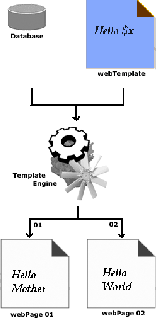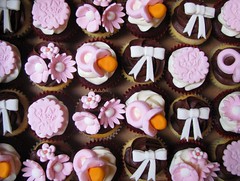
Image thanks to svilen001
A website landing page is the sales pitch you can’t give in person. It’s the page that does all the heavy lifting of selling your product or service. If your visitors aren’t buying your product, your landing page may need a makeover. But how can you make your landing page more effective? What makes a great landing page?
In order to be effective, your landing page needs the following: a great headline, an introduction (for people who may not know you), information about what you offer (and its value to your readers), the problem you solve, proof that it works, and an order button (or two).
A compelling headline
A great headline will get attention. A poor one will be ignored. If the headline is no good, nobody will read the rest of the copy. Write a headline your readers can’t resist: create a sense of urgency, create a contradiction, or promise an easy solution to a hard problem.
An introduction
Remind people why they came to your landing page. Talk about the problem that your visitor has – which you can fix. Or, get them excited about the cool tool or exclusive access they’ll get (but only if they buy).
Add more value
Then, you build on that. Tell the visitor more about the benefits. You can use bullet points, but if you want a great landing page, they’ve got to focus on benefits, not features. Say, for example, you’re selling a cookbook. Tell me about the delicious food I’ll be eating. Show me pictures of it. Give me a “taste” of the recipes. Make my mouth water. Explain how I can have a great dinner on the table in under 20 minutes (or whatever the premise of the book is).
Answer questions
Sales letters are often long because there’s no live person handy to answer questions. So, you’ve got to include all of them (or at least the most common ones).
Add even more value
If there’s special access (book and limited consulting slots, special membership forum), tell me about that. Why is it special? What will it do for me?
Have a great guarantee. Explain what it is, show how it removes the risks, and what to do if they need to use it.
Ask for the order
“It’s easy to get your copy, just…(click on this button, call our office, fill out this form). Give exact instructions. Spell it all out. And, make sure you explain what will happen after they do so. Have buy now links throughout the page — but not at the very top.
Show proof it works
Get testimonials. If your product is new, send out some samples. If it’s not brand-new, get reviews from other clients who have used it. Use their words (not yours).
P.S. Don’t forget the P.S. It’s an old direct marketing technique. When people get a sales letter, they read the salutation, then look at the end. Like you just did. 😉 Because, after all, we all want our marketing to be successful; trophies are good too.
P.P.S. If you’re in the U.S., enjoy your Memorial Day weekend.





